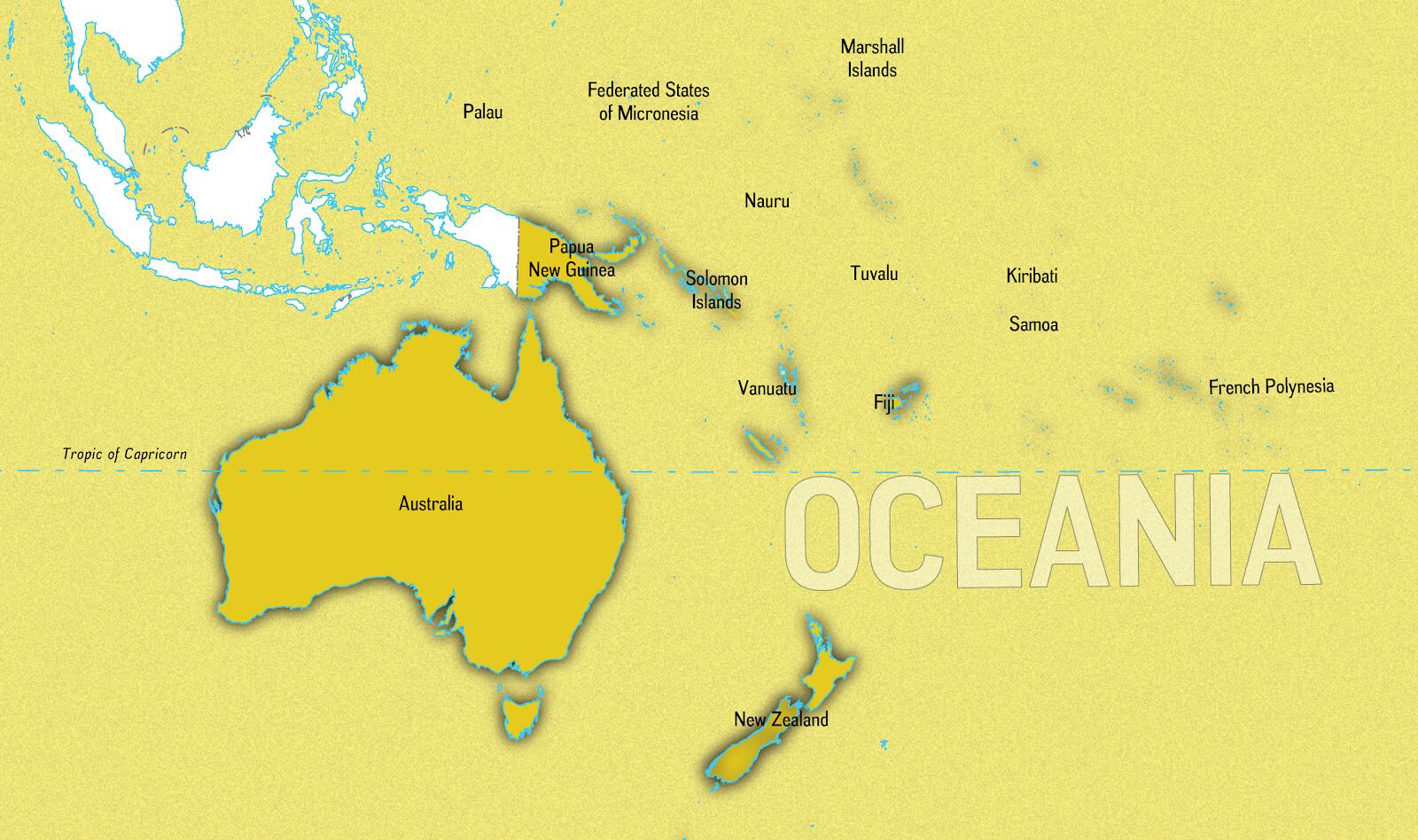Biodiversity & Environment
World Risk Index 2020
- 24 Sep 2020
- 4 min read
Why in News
According to the World Risk Index (WRI) 2020, India is ‘poorly prepared’ to deal with ‘climate reality’, due to which it is vulnerable to extreme natural disasters.
Key Points
- World Risk Index:
- It is calculated on a country-by-country basis, through the multiplication of exposure and vulnerability and describes the disaster risk for various countries and regions.
- Released annually since 2011, it indicates which countries are in the greatest need to strengthen measures for coping with and adapting to extreme natural events.
- It is part of the World Risk Report 2020 released by the United Nations University Institute for Environment and Human Security (UNU-EHS), Bundnis Entwicklung Hilft and the University of Stuttgart in Germany.
- Among continents, Oceania is at the highest risk, followed by Africa and the Americas.
- Oceania:

- Small island states, especially in the South Pacific and the Caribbean, are disproportionately represented among high-risk countries.
- Vanuatu (South Pacific Ocean) is the country with the highest disaster risk worldwide. It is followed by Tonga (South Pacific Ocean) and Dominica (Caribbean Sea).
- They are at a high exposure to extreme natural events which include the rise in sea level as a result of global warming.
- The small island states have limited financial resources and have made small contributions to climate change, but are affected the most by its consequences.
- They are needed to be compensated for the climate damage and losses already incurred and merely providing financial resources for adaptation to climate change is not sufficient.
- Small island states, especially in the South Pacific and the Caribbean, are disproportionately represented among high-risk countries.
- Africa:
- It has been identified as a hotspot of vulnerability. More than two-thirds of the most vulnerable countries in the world are located on the continent.
- The size of semiarid regions in Africa is expected to increase, with over half of Africa’s land area vulnerable to desertification.
- Large areas of Africa are marginalized and already under significant financial stress.
- The Central African Republic is the most vulnerable country, followed by Chad, the Democratic Republic of Congo, Niger and Guinea-Bissau.
- It has been identified as a hotspot of vulnerability. More than two-thirds of the most vulnerable countries in the world are located on the continent.
- South Asia and India:
- India has ranked 89th among 181 countries on the WRI 2020 and is fourth-most-at-risk in South Asia, after Bangladesh, Afghanistan and Pakistan.
- Sri Lanka, Bhutan and the Maldives have fared better than India in their abilities to cope with extreme disasters. India also lags behind these three neighbours in terms of lack of adaptive capacities or the preparedness to deal with extreme events.
- A comparison with the WRI 2019, shows that all south Asian countries have slipped on their ability to adapt to the reality of climate emergency.
- Countries with a score above 52.73, are ‘very poor’ in their adaptive capacities for extreme natural disasters.
- India has also slipped on strengthening adaptive capacities which is concerning as it highlights the inability of systems, institutions, and other organisms to adjust to potential damage, to take advantage of opportunities, or to respond to consequences.
- It becomes more important given that India's first ever comprehensive climate change assessment report highlighted the impacts of the climate crisis.






